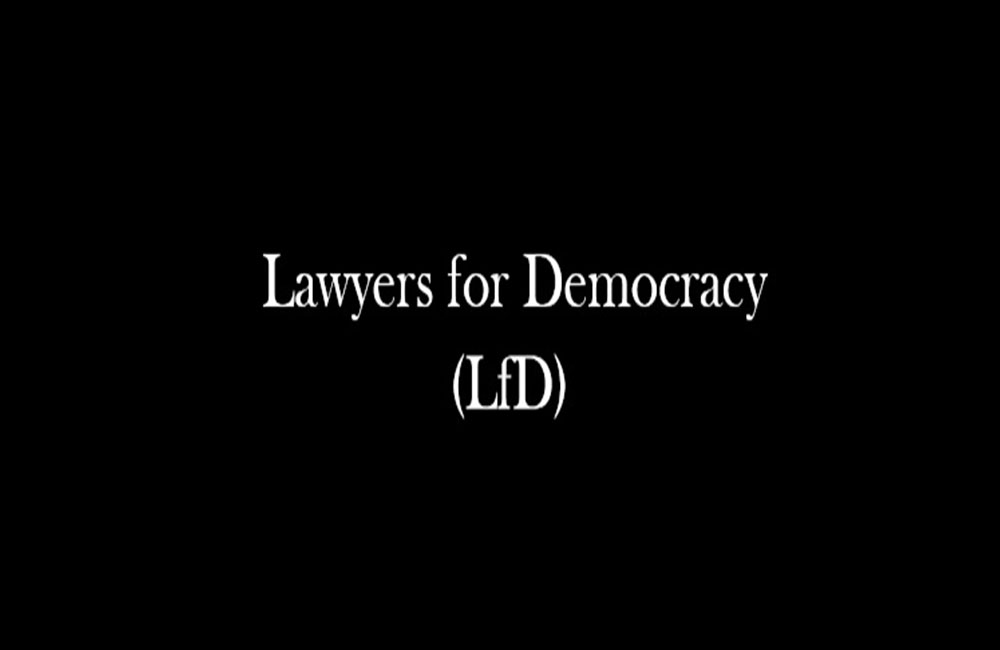Lawyers for Democracy (LfW) in statement today, clarified the constitutional provisions governing the appointment and removal of a Prime Minister, in view of the misinformation created after the results of the recent elections to local authorities.
As per Chapter VII of the Constitution, as amended by the 19th Amendment to the Constitution, the President shall appoint as Prime Minister the Member of Parliament who in the President’s opinion is most likely to command the confidence of Parliament. This provision comes into operation in case of a new parliamentary election or when the position of Prime Minister becomes vacant.
However, they point out that prior to the 19th Amendment, the President had constitutional power to remove a Prime Minister, but the 19th Amendment took away that power. Therefore, the President does not any more enjoy constitutional authority to remove a Prime Minister.
Following Parliamentary traditions, the only way to "remove" a Prime Minister is to successfully move a No-Confidence Motion against him in Parliament. Under the Constitution, the President has no role in such a process.
Once a Prime Minister is appointed, the only way in which he can cease to hold office is in terms of Article 46(2) if he (a) resigns his office by a writing under his hand addressed to the President; or (b) ceases to be a Member of Parliament, or if the Cabinet of Ministers is dissolved in terms of Article 48(2) pursuant to the Statement of Government Policy or the Appropriation Bill being defeated in Parliament, or upon the passing of a motion of no confidence against the government.

Leave your comments
Login to post a comment
Post comment as a guest